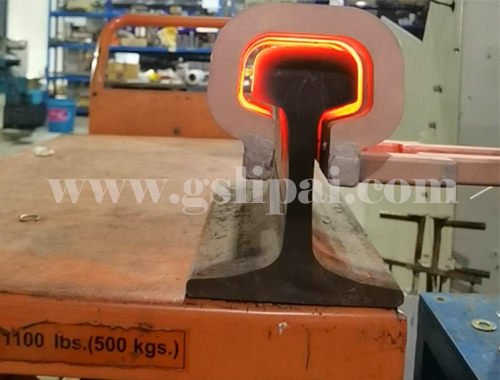In daily work, customers often call to ask some questions, and it is particularly obvious that several customers are asking the same question – hardening capacity and hardenability. Today, let’s talk about these two concepts. Hardening capacity and hardenability are two performance indicators that express the ability of steel to accept quenching, and they are also an important basis for material selection and use.
Hardening capacity refers to the highest hardness ability that can be achieved by steel quenched under ideal conditions to obtain martensite and then hardened. The main factor that determines the hardening capacity of steel is the carbon content of the steel, more precisely, the carbon content of the solid solution in the austenite during quenching and heating. The higher the carbon content, the higher the hardening capacity of the steel. Although the alloying elements in the steel have little effect on the hardening capacity, they have a significant effect on the hardenability of the steel.
Hardenability refers to the ability of steel to obtain the depth of the hardened layer when it is quenched under certain conditions, which is mainly affected by the carbon content and alloying elements in the austenite. Under the specified conditions, the depth and hardness of the steel and the characteristics of the hardness distribution are determined, and the hardenability of the steel is good or bad, which is usually expressed by the depth of the hardened layer. The greater the depth of the hardened layer, the better the hardenability of the steel. The hardenability of steel mainly depends on its chemical composition. Steel with good hardenability can obtain uniform and consistent mechanical properties across the entire section of the steel. The quenching medium with small quenching stress of steel parts is selected to reduce deformation and cracking. In addition, since hardenability and hardening capacity are two concepts, steel with high hardness after quenching does not necessarily have high hardenability, and steel with low hardness may also have high hardenability.
After technical communication with customers, scientific calculation of the power of the equipment, we recommend our company’s suitable induction heating equipment. Under the guidance of our company’s more than 20 years of heat treatment experience, the customer’s use requirements have been successfully completed.




 en
en  cn
cn  jp
jp  ko
ko  de
de  es
es  it
it  ru
ru  pt
pt  vi
vi  th
th  pl
pl 







 GS-ZP-1200
GS-ZP-1200


